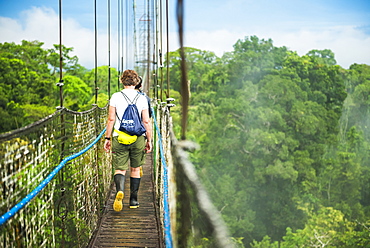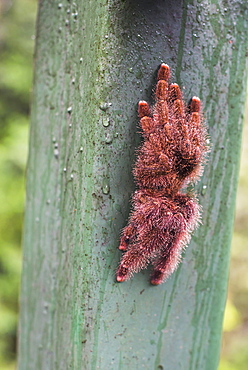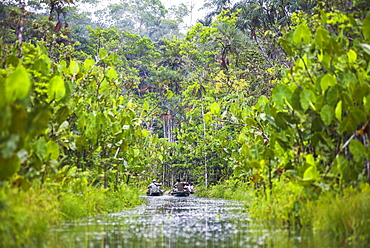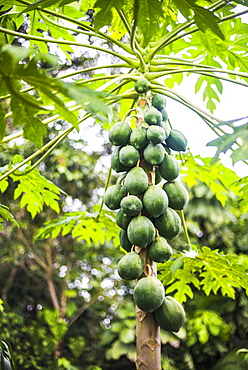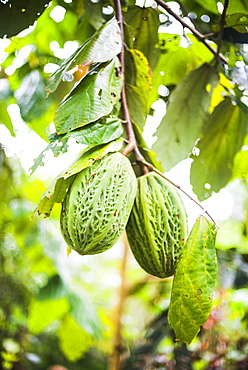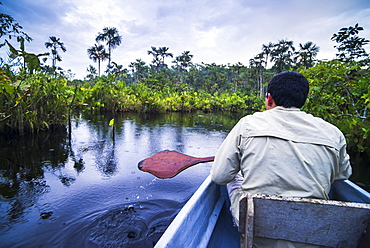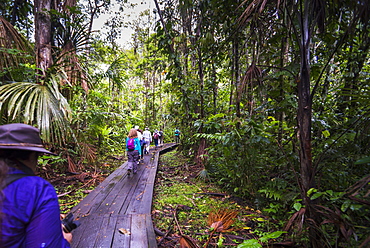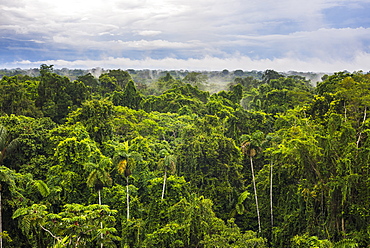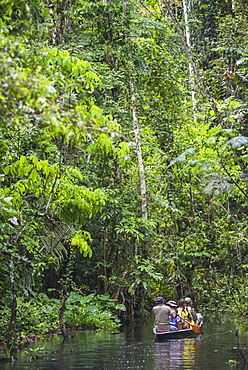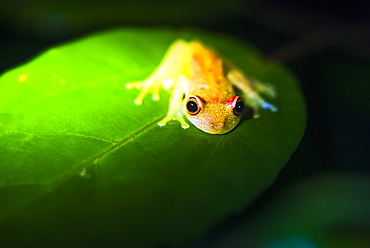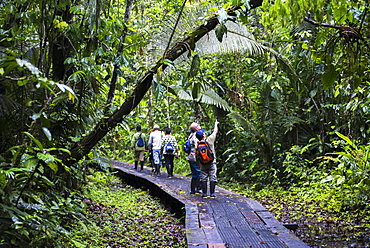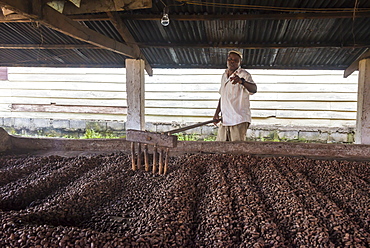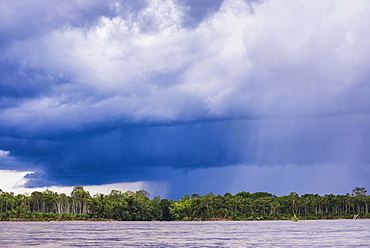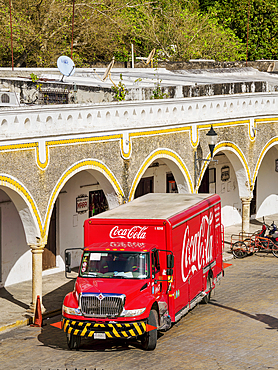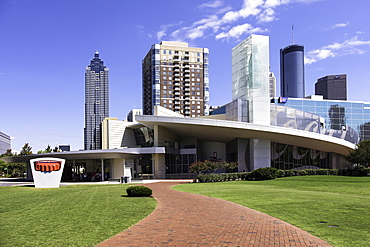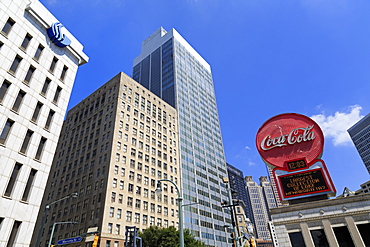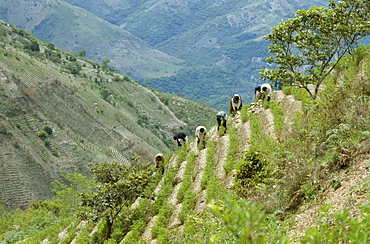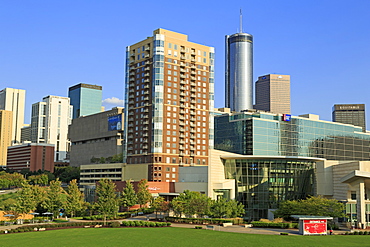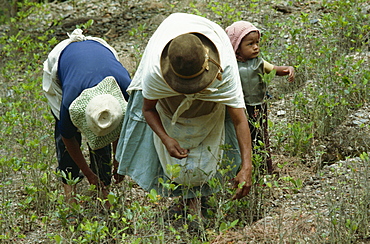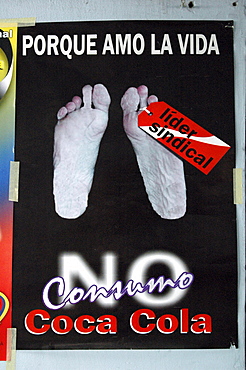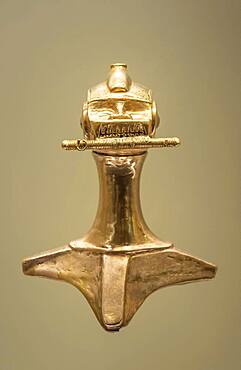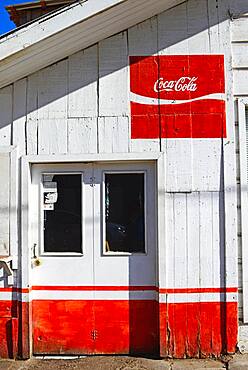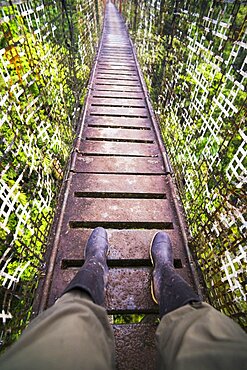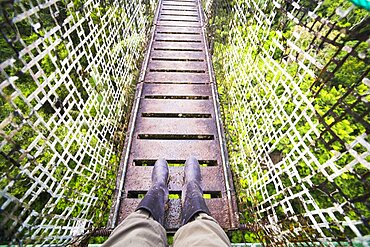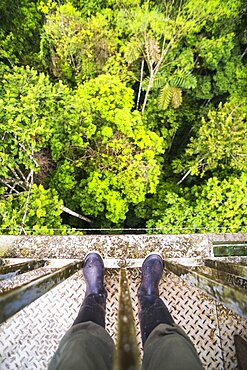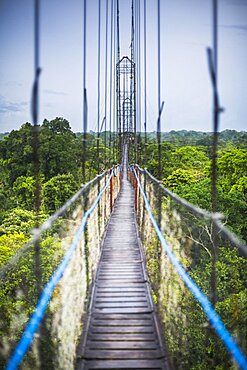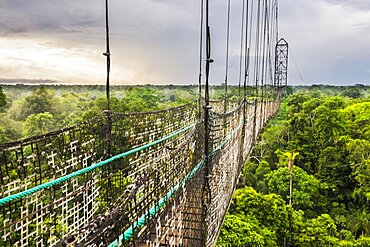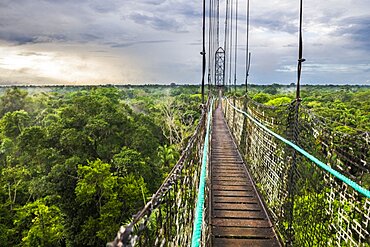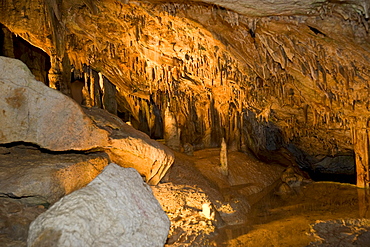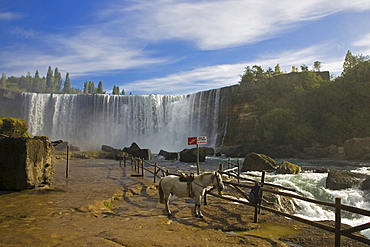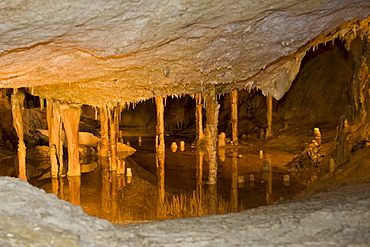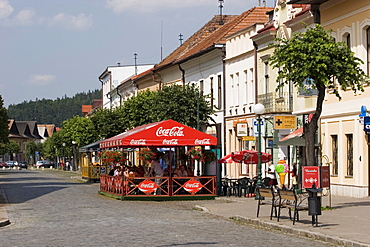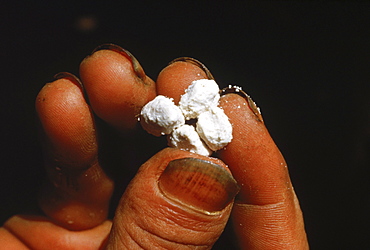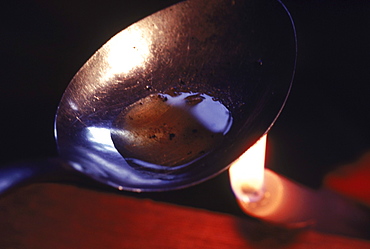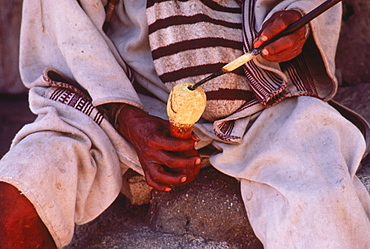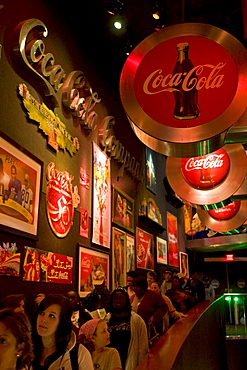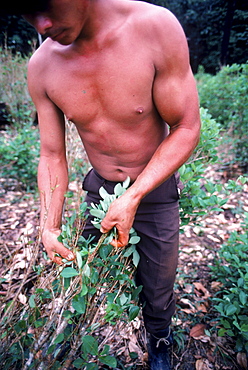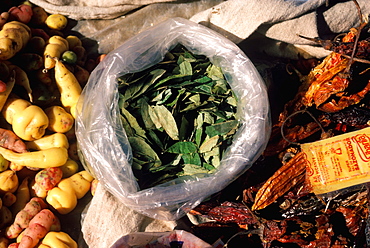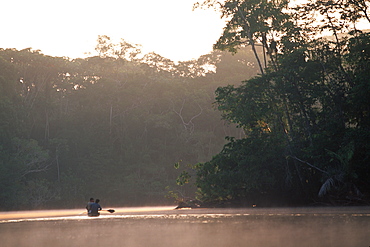Results
26 results found
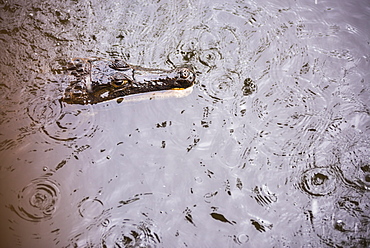
Spectacled caiman (Caiman crocodilus) (Common caiman) (White caiman), Amazon Rainforest, Coca, Ecuador, South America
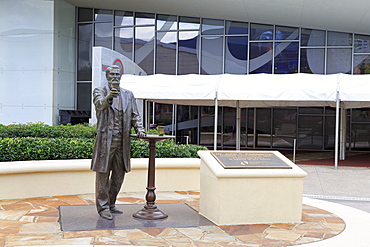
Dr. John Pemberton statue, World of Coca Cola, Pemberton Park, Atlanta, Georgia, United States of America, North America
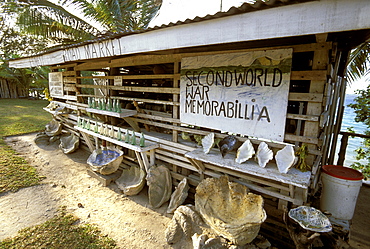
Stall selling WWII memorabilia (like old Coca-Cola bottles) and shells on the north coast. There was a large wartime American presence in Vanuatu, Efate Island, Vanuatu
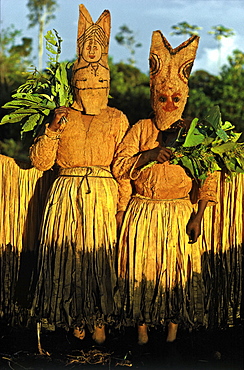
Wearing tree bark cloth masks and skirts, dancers representing fish spirits are invited during the season of the peach palm harvest to drink the juice. it is a feast and ritual exchange: the host group offers the spirits large quantities of peach palm juice, smoked meat and fish, and shaman-blessed coca and snuff. the visitors are the costumed dancers impersonating animal spirits. people eat the meat and fish, animal spirits receive the fruits of peach palm, which are cultivated, harvested, and processed by humans. this exchange expresses the idea that people and animals depend on each other for survival and reproduction. vaupes basin, eastern colombia amazon, population: 600
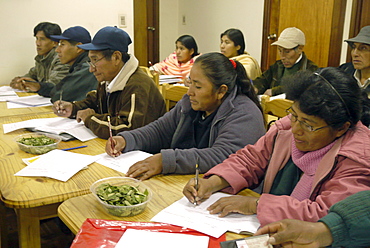
BOLIVIA FUNDAWI: training a group at the FUNDAWI office in La Paz. Coca leaves on the table for chewing
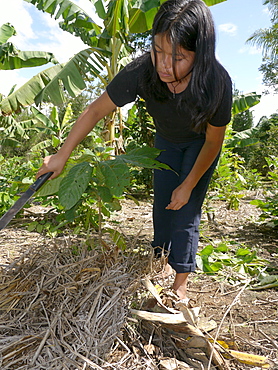
BOLIVIA ECOTOPS projects in Alto Beni. Sandra Gonzales clearing weeds from the family plot, where many crops including cacao, bananas, beans, vegetables and coca are growing
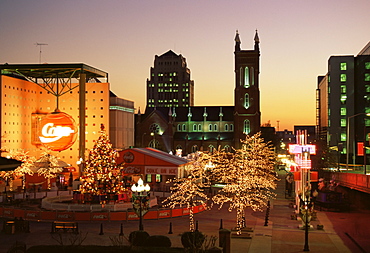
Church of the Immaculate Conception and World of Coca-Cola, Atlanta, Georgia, United States of America, North America
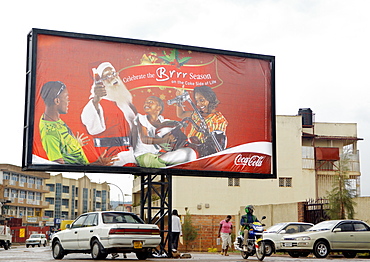
A bill board advertising Coca Cola at Christmas time with a truly Rwandan Twist. It's prominence illustrates the far reaching appeal of the brand. Kigali, Rwanda, East Africa
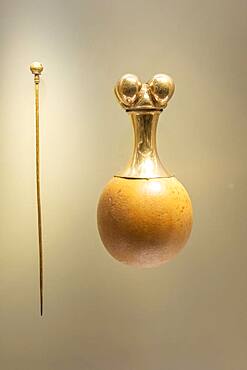
Poporo and stick, Pre-Columbian goldwork collection, Gold museum, Museo del Oro, Bogota, Colombia, America
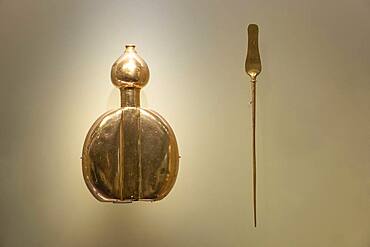
Poporo and stick, Pre-Columbian goldwork collection, Gold museum, Museo del Oro, Bogota, Colombia, America

Young Argentinean woman cupping coca leaves (Erythroxylum coca) in her hands, Tren a las Nubes or Cloud Train station near Laguna de los Pozuelos, Jujuy Province, Argentina
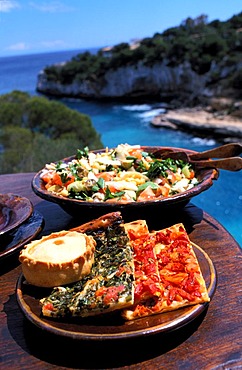
Typically majorcian dishes, Empanada , Cocas , salad , Palma de Majorca , Majorca , Balearic Islands , Spain, Europe

LKA, Sri Lanka, Capital Colombo, City center, GAlle Face Drive, Prommenade at the Indian Ocean. Rice crab cakes.

Skull with a coca leaf on a cemetery of mummies, Chauchilla, near Nasca, Atacama Desert, Peru, South America

Ceramic figure of el Tio or Supai, a creature with horns, gleaming eyes and a big penis, that in fact is not really satanic. It was introduced by the Spaniards in the 16th Century to the mines of Potosi. According to tradition, el Tio (The Uncle) rules over the mines of Cerro Rico, simultaneously offering protection and destruction. Over 500 chambers with statues to honour him have been constructed in Cerro Rico, so miners can leave offerings of tobacco, liquor and coca leaves to invoke his goodwill and protection., Potosi Department, Bolivia
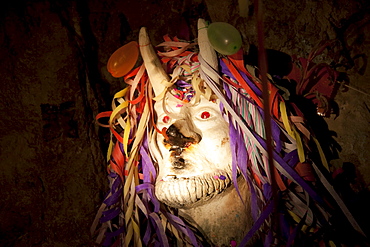
Ceramic figure of el Tio or Supai, a creature with horns, gleaming eyes and a big penis, that in fact is not really satanic. It was introduced by the Spaniards in the 16th Century to the mines of Potosi. According to tradition, el Tio (The Uncle) rules over the mines of Cerro Rico, simultaneously offering protection and destruction. Over 500 chambers with statues to honour him have been constructed in Cerro Rico, so miners can leave offerings of tobacco, liquor and coca leaves to invoke his goodwill and protection., Potosi Department, Bolivia
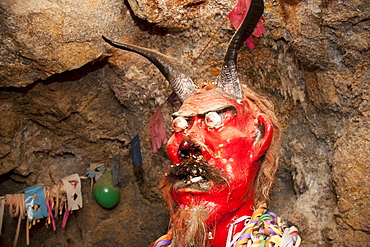
Ceramic figure of el Tio or Supai, a creature with horns, gleaming eyes and a big penis, that in fact is not really satanic. It was introduced by the Spaniards in the 16th Century to the mines of Potosi. According to tradition, el Tio (The Uncle) rules over the mines of Cerro Rico, simultaneously offering protection and destruction. Over 500 chambers with statues to honour him have been constructed in Cerro Rico, so miners can leave offerings of tobacco, liquor and coca leaves to invoke his goodwill and protection., Potosi Department, Bolivia

PERU General Man walking through a field of coca. Coca is still traditionally chewed by the Andean Indians but is also the base of cocaine.

Pisac Village in the Valley of the Incas Sunday Market, one of the world's most colorful markets selling coca leaves, Cuzco area, Highlands, Peru
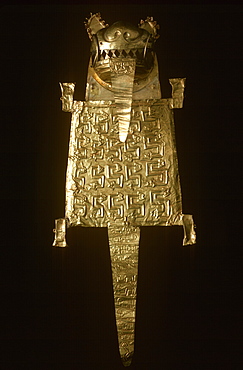
Precolumbian Gold Mochica (Moche)Culture, 100-700AD a cocoa bag in form of a golden puma or jaguar in collection of the Museo del Oro, Lima, Peru

Amazon River Basin Napo River (Amazon tributary) down river from Coca at La Selva Jungle Lodge toucan in rainforest, Oriente, Ecuador

Amazon River Basin Napo River (Amazon tributary) down river from Coca at La Selva Jungle Lodge path through primary rainforest, Oriente, Ecuador
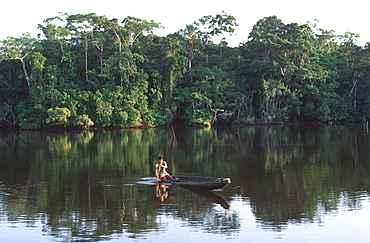
Amazon River Basin Napo River (Amazon tributary) down river from Coca indian in dugout canoe in primary, uncut jungle rainforest, Oriente, Ecuador
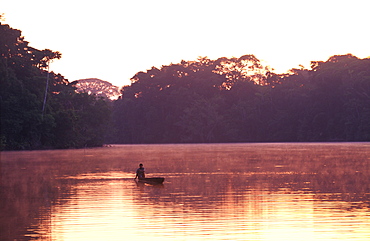
Amazon River Basin Napo River (Amazon tributary) down river from Coca an indian in a dugout canoe in primary rainforest at sunrise, Oriente, Ecuador
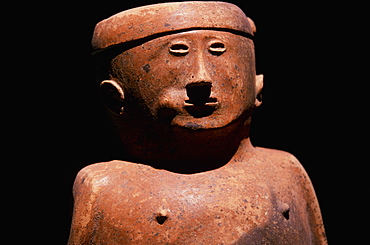
Capuli Culture a ceramic 'Coquero' funerary figure chewing coca, from the collection of the Banco Central de Ecuador, Quito, Ecuador
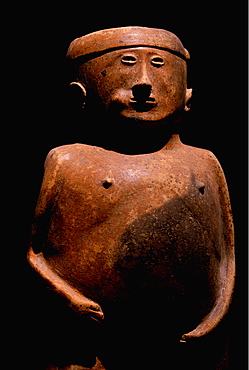
Capuli Culture a ceramic 'Coquero' funerary figure chewing coca, from the collection of the Banco Central de Ecuador, Quito, Ecuador
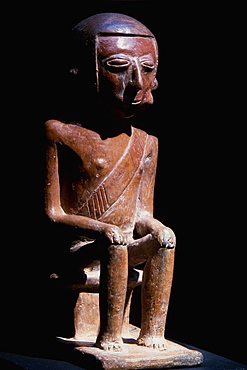
Carchi Culture a 'Coquero' ceramic funerary figure chewing coca, in the collection of the Banco Central de Ecuador, Quito, North Coast, Ecuador
